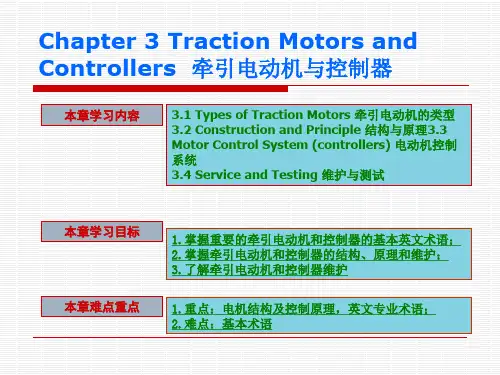The scope of this section is indicated by the outline of the contents. It sets out initially to examine the basic properties and strength of materials and goes on to show how these properties affect the analysis and design process of these structures made of either steel or concrete. The topic of composite steel–concrete structures was selected because it has become popular for tall building, offshore, and large-span construction. The final chapter deals with some of the mathematical techniques by which the safety and reliability issues of these structures so designed may be evaluated and their performance assessed. Recent demands for improvements and upgrades of infrastructure, which includes, among other public facilities, the highway system and bridges, have increased the number of structural engineers employed by highway departments and consulting firms. Graduates with advanced degrees in structural engineering in the areas of experimental works, computing and information technology, computer-aided design and engineering, interactive graphics, and knowledge-based expert systems are in great demand by consulting firms, private industry, government and national laboratories, and educational institutions. The rapid advancement in computer hardware, particularly in the computing and graphics performance of personal computers and workstations, is making future structural engineering more and more oriented toward computer-aided engineering. Increased computational power will also make hitherto unrealized approaches feasible. For example, this will make the rigorous consideration of the life-cycle analysis and performance-based assessment of large structural systems feasible and practical. Advanced analysis and high-performance computing in structural engineering are now subjects of intense research interest. Good progress has been made, but much more remains to be done.










